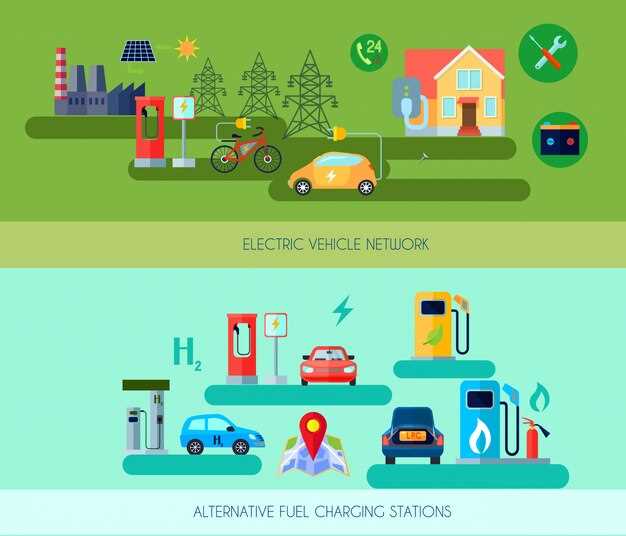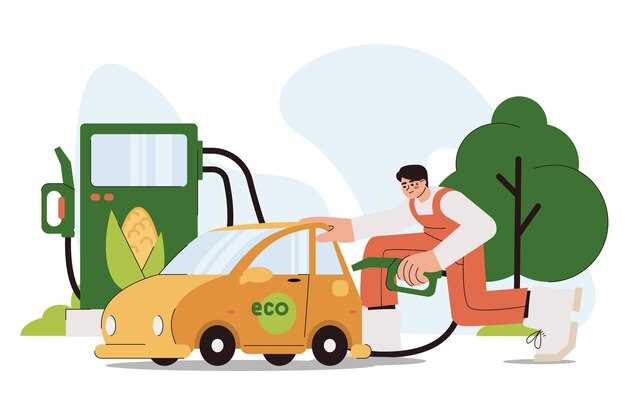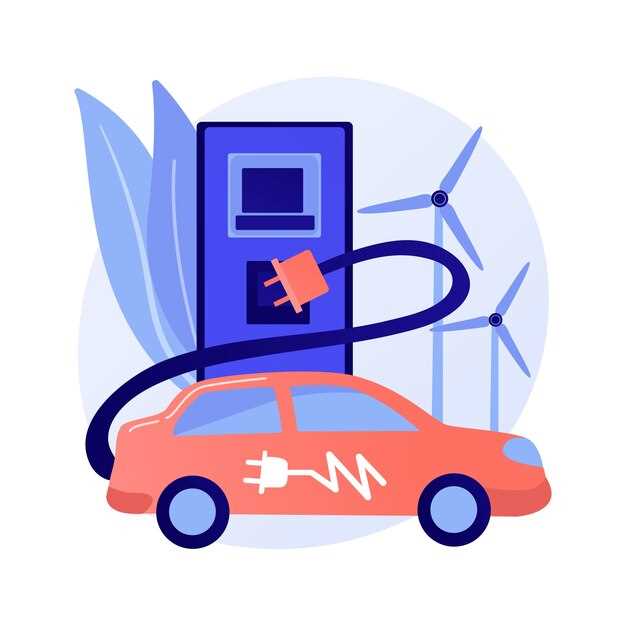
The automotive industry is at a crossroads, increasingly focusing on sustainability and environmentally friendly solutions. As the global demand for vehicles rises, the debate surrounding the environmental impact of electric vehicles (EVs) compared to traditional gasoline cars has become more pronounced. This discussion is not only relevant for consumers but also crucial for policymakers and environmentalists striving to combat climate change.
Electric vehicles are often heralded as the future of transportation due to their potential to reduce greenhouse gas emissions significantly. Their operation produces zero tailpipe emissions, which contributes to improved air quality and reduced urban pollution. In contrast, gasoline cars are responsible for considerable emissions, from both the combustion process and the extraction of fossil fuels. Examining the full life cycle of each vehicle type reveals the underlying truths about their environmental footprints.
However, the adoption of EVs raises additional questions regarding the sourcing of materials, energy consumption during production, and the energy mix used to charge these vehicles. As the world shifts towards renewable energy sources, the true sustainability of electric vehicles may become even more favorable. This article aims to dissect these complex topics, exploring the various dimensions of electric vehicles and gasoline cars in the context of long-term sustainability.
Comparative Analysis of Emissions during Vehicle Lifecycles

The environmental impact of cars extends beyond their operational emissions, making it essential to examine emissions throughout the entire vehicle lifecycle. This analysis looks at both electric vehicles (EVs) and gasoline cars, emphasizing the importance of sustainability in the automotive sector.
During the manufacturing phase, electric vehicles typically result in higher initial emissions compared to gasoline cars. The production of EV batteries involves substantial energy consumption and the extraction of raw materials such as lithium, cobalt, and nickel, which can lead to significant ecological disturbances. However, advancements in manufacturing technologies and increased recycling efforts are gradually reducing these initial impacts.
In the operational phase, electric vehicles show a remarkable advantage. When charged with renewable energy sources, EVs can operate almost emission-free. In contrast, gasoline cars continuously emit greenhouse gases and pollutants throughout their usage, leading to air quality degradation and contributing to climate change. Studies indicate that over the lifespan of the vehicle, the cumulative emissions from gasoline cars are substantially higher than those from EVs, especially as the energy grid becomes greener.
End-of-life disposal also plays a critical role in assessing the total emissions associated with vehicles. Recycling processes for both EV batteries and traditional internal combustion engines are crucial for minimizing environmental impacts. While the recycling infrastructure for gasoline cars is well-established, the industry is increasingly focusing on developing efficient recycling methods for EV batteries, which can mitigate their initial production emissions and reduce landfill waste.
Overall, while the manufacturing and disposal phases contribute to higher initial emissions for electric vehicles, their operational emissions are significantly lower than those of gasoline cars. When evaluating the complete lifecycle emissions, electric vehicles present a more sustainable option for reducing the automotive sector’s environmental footprint, particularly as technology and renewable energy adoption continue to advance.
Resource Extraction and Production Footprint of Electric Vehicle Batteries

The environmental impact of electric vehicles (EVs) extends beyond their emissions during operation; a significant portion of this impact arises from the extraction and production of the materials used in EV batteries. The primary components of lithium-ion batteries, which power most electric vehicles today, include lithium, cobalt, nickel, and graphite. The mining and processing of these minerals entail considerable environmental consequences.
Lithium extraction often occurs through two main methods: hard rock mining and brine extraction. Both processes have unique sustainability challenges. Hard rock mining disrupts ecosystems and consumes large amounts of water, while brine extraction can lead to water depletion in arid regions, negatively impacting local agriculture and communities.
Cobalt, predominantly sourced from the Democratic Republic of the Congo, raises significant ethical and environmental concerns. Mining operations frequently result in deforestation, soil erosion, and water contamination. Moreover, the working conditions in artisanal mining sectors are often hazardous, raising questions about the social sustainability of sourcing these materials.
Nickel mining also presents challenges: large-scale extraction can lead to serious land degradation and water pollution. The processes involved in producing battery-grade nickel require extensive energy inputs, contributing further to the carbon footprint of electric vehicles.
Graphite, an essential component for battery anodes, is predominantly sourced from both natural and synthetic processes. Natural graphite mining can lead to habitat destruction and water pollution, while synthetic graphite production is energy-intensive and contributes to greenhouse gas emissions. This dual sourcing highlights the need for sustainable practices in the production of EV batteries.
To mitigate the environmental impact associated with the resource extraction and production footprint of electric vehicle batteries, the industry is increasingly focusing on sustainable practices, including recycling and the development of alternative materials. These initiatives are essential for enhancing the sustainability of electric vehicles and reducing their overall environmental impact, ensuring that the transition to electric mobility contributes positively to the planet’s ecological balance.
Long-term Sustainability: Recycling and Disposal of Vehicle Components
The long-term sustainability of electric vehicles (EVs) and gasoline cars significantly hinges on how their components are recycled and disposed of at the end of their lifecycle. As the market for electric cars expands, the demand for responsible recycling practices becomes increasingly critical. EVs are composed of various materials, including metals, plastics, and lithium-ion batteries, which require specific handling to minimize environmental impact.
For electric vehicles, the recycling of lithium-ion batteries presents both challenges and opportunities. These batteries contain valuable resources such as lithium, cobalt, and nickel, which can be recovered and reused. Effective recycling processes are necessary to extract these materials sustainably, reducing the need for new raw materials and lessening the overall environmental footprint. Many companies are now investing in closed-loop recycling systems, aiming to reclaim and repurpose these critical components.
On the other hand, gasoline cars also have components that require careful disposal. The recycling of metals from traditional vehicles is well-established; materials such as steel and aluminum can be easily processed and reused. However, plastics and complex assemblies still pose a challenge due to the difficulty of separating materials. A more sustainable approach would involve developing innovative recycling techniques that increase the recovery rates of these components.
Ultimately, the long-term sustainability of both electric and gasoline cars depends on advancing technologies and policies promoting effective recycling. Governments and industries must collaborate to establish standards and incentives for responsible disposal and recycling methods. By creating robust recycling infrastructures, we can ensure that vehicle components contribute to a circular economy, minimizing waste and maximizing resource efficiency for future generations.



